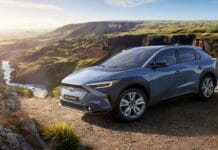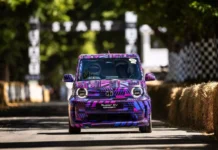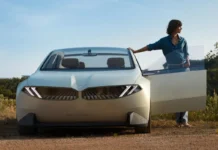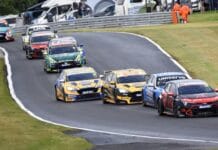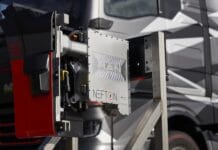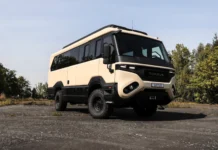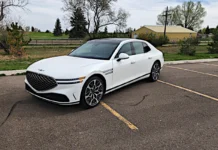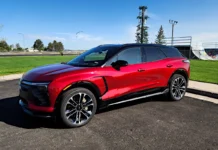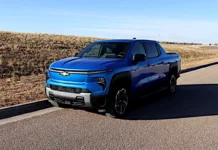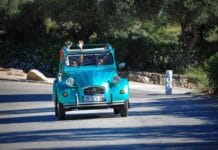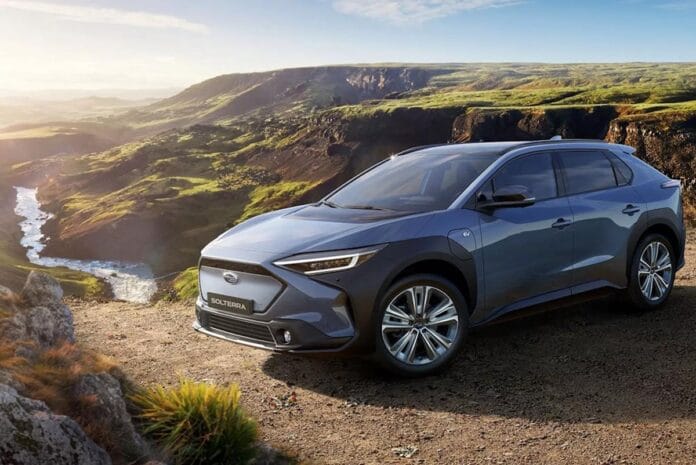Subaru is often associated with a blue-and-yellow Impreza racing on a rally stage.
With Subaru’s core technology, including dual motors and its trusted Permanent All-Wheel Drive System, the Solterra offers outstanding driving performance—with the same 5-star safety, go-anywhere capability, and ever-dependable, rugged reliability that all our SUVs are renowned for. Be prepared to tackle any terrain or weather condition effortlessly—corner with precise control. Experience an always-smooth ride.
However, Electric cars are often overlooked. As electrification rises and affordable Chinese manufacturers enter the market, even Europe’s top automakers face tough competition.
And for the smaller ones struggling to make every sale, it is enough to surprise you: why go to the trouble?
Subaru Europe’s chief, David Dello Stritto, understands the question: “We sell about 30,000 cars a year in Europe versus 700,000 in the US, so why worry?” he notes. “It’s a fair question.”
Sure, Subaru is a protracted manner more successful in markets where its utilitarian 4x4s are more in vogue and electrification is much less of a hot subject matter – and its one-time splendid rallying rival, Mitsubishi, notably scaled back its efforts in Europe years ago.
Despite Colin McRae’s intense dedication, Dello Stritto states: “They have repeatedly said they intend to stay in Europe.”
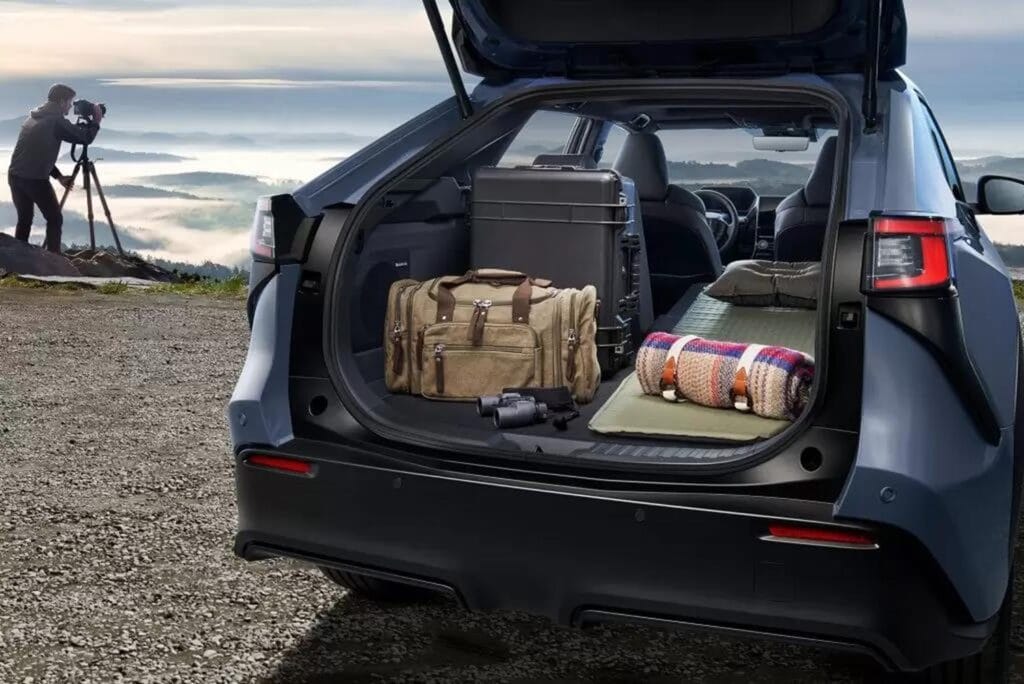
He points out that Subaru can’t increase its ECU revenue in the already saturated US market, which accounts for about 75% of its sales, and is facing tough competition from local companies in China. However, Subaru takes pride in being a global brand.
Subaru aims to expand in Europe, but faces resource constraints. Unlike larger companies, it can’t invest in both electric and combustion engines, so its first EVs—the Solterra, E-Outback (US: Trail Seeker), and Uncharted—were co-developed with Toyota.
“We don’t have any choice,” says Dello Stritto. “We ought to migrate from what we’ve got these days to a complete battery-electric powered vehicle line-up in Europe as fast as possible. That is the vision.”
Subaru’s goal is to increase global sales from 976,000 last year to around 1.2 million by 2030, with approximately half of these vehicles being electric-powered.
The company developed the e-Boxer full-hybrid powertrain but is not pursuing plug-in hybrid or range-extender EVs due to financial limits.
Europe plays a key role in achieving EV targets, but fluctuations in EV revenue and recent changes to both UK and EU regulations have created uncertainty.
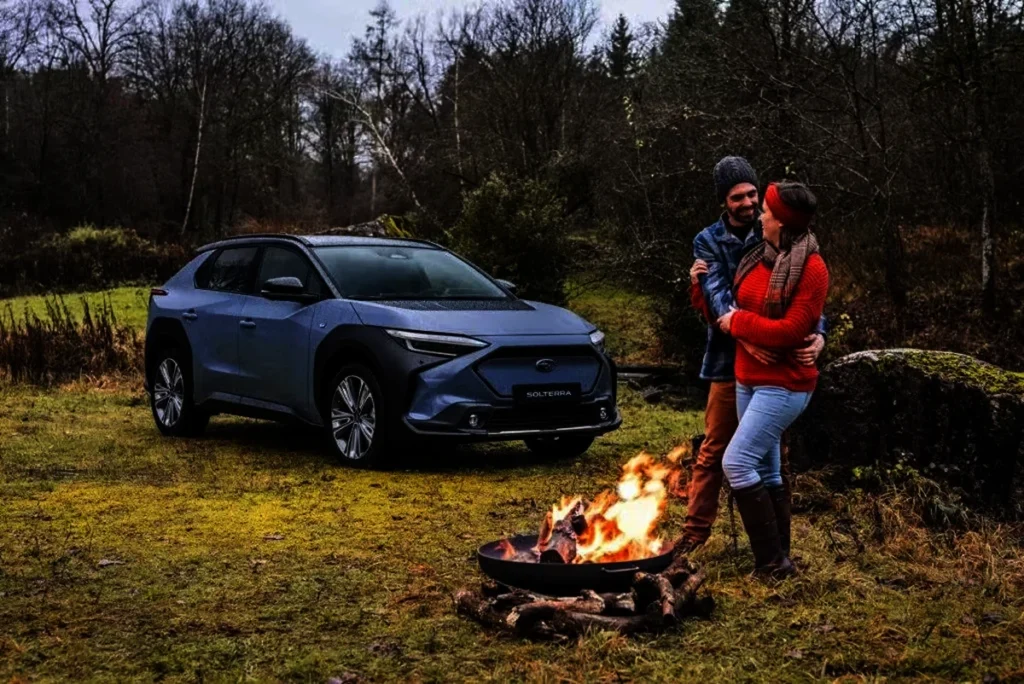
When asked about growth in the ECU EV market over the next year, Dello Stritto replies, “It’s difficult to predict, and for Subaru, our options are limited.”
Unlike Toyota and Hyundai, Subaru currently offers only one mild-hybrid powertrain. The company is transitioning directly to electric vehicles, with plans to gradually increase the proportion of full EVs sold in each country.
Dello Stritto recognises that adopting EVs may involve changing some people’s mindsets. “We’re ready to get to work and find a way to transition,” he says.
“I need to assure long-standing loyal Subaru customers that transitioning away from the boxer engine is acceptable, although some WRX enthusiasts remain hesitant. I am committed to addressing these concerns, and while this process may take time, we are beginning to observe a gradual shift in attitudes.”
Subaru’s line-up has long relied on longitudinally mounted four-cylinder boxer engines and permanent all-wheel drive, resulting in unique cars with a dedicated following.

Of course, in the early Nineties, longitudinally established engines and all-wheel drive proved highly effective for top-tier rallying—the road-going Impreza WRX and its successes significantly transformed the brand’s image.
During this period, the rally-developed Japanese saloon was regarded as the premier high-performance vehicle available to consumers.
Unless you’re after a dependable, affordable all-wheel-drive car, Subaru likely hasn’t crossed your mind since the era of McRae, Burns, and Solberg.
The WRX STI, the successor to those high- typical overall performance Impreza avenue motors, has lengthy thinking about that vanished from united kingdom showrooms, and the modern-day line-up – the Cross trek crossover, Outback belongings, Forester SUV and Solterra electric powered SUV – is huge on no-nonsense ruggedness however short on normal performance ancient beyond and brand popularity.
Subaru sells vehicles in the UK, with 2,419 units sold last year; approximately 20% were Solterra models. Since beginning operations in the UK in 1976, Subaru has sold a total of 250,000 vehicles.
Many Subaru customers make multiple purchases, with some buying their fifth or sixth vehicle. Research also shows that Subaru owners tend to keep their cars for longer periods than the industry average.
In comparison, Subaru sold 667,725 units in the United States last year, making it the eighth-largest brand, ahead of Volkswagen.
While Subaru of the United States has also invested in motorsport, this has had less influence on the brand’s overall image compared to other markets. For example, there have been instances where individuals believed Colin McRae was just a video game character. However, Dello Stritto does not view the brand’s success in the US as solely related to historical factors.
“Subaru hasn’t normally been a hit within the US,” he says. “They were struggling because their models were too expensive, and they couldn’t control their supplier network, which had been discounting motors because they couldn’t sell them.
“That doesn’t assist the brand. They changed all that, adjusting their pricing and advertising approach to achieve actual exterior recognition. But it wasn’t simply marketing: they were high-quality at showing clusters of clients who preferred a vehicle that catered to a particular niche and did what they wished.”
That’s partly why Subaru is powerful in rural states, where its all-wheel-drive technology is useful, and among more liberal-minded individuals.
“They targeted particular businesses, but we don’t have those companies in Europe,” says Dello Stritto. “We had the petrol heads. The success of Subaru in the US is to a considerable extent, which we don’t have in Europe. But it relies upon the USA of a: in Switzerland, you may discover plenty of Subarus in the mountains. However, within the UK, it presents a reputational conflict.
Some people view Subaru as a sporty brand, but our current models aren’t as sporty as they were in the past. Fortunately, we have loyal customers who continue buying our vehicles for their safety and reliability.
In concept, electrification and the wholesale generation exchange – farewell, boxer engine – offer an opportunity for Subaru to reset its values. However, instead, the plan is to apply EV generation to double down on them.
The Solterra, Subaru’s first electric vehicle, is based on the Toyota bZ4X and was developed through a partnership between the two companies. Subaru’s version includes a dual-motor, all-wheel-drive powertrain.
The recently discovered E-Outback sits on the same Toyota-advanced platform but features greater Subaru factors and generation, and can be built in the same manner as Subaru itself.
In contrast to the Solterra, it can accommodate identically sized electric-powered vehicles on every axle – an advantage that Subaru can offer to provide better all-wheel-electricity capability.
The modern Uncharted is a more rugged remodelling of Toyota’s C-HR+, and Subaru has several more EVs in the works, including some superiors in partnership with Toyota and some that have been developed entirely in-house. Even as the United States is still of early interest, Dello Stritto says that Europe’s needs are being considered in destiny-making plans.
Notably, electrification also provides Subaru with a means to reconnect with its performance heritage. The brand currently sponsors the World Superbike Championship, with a Solterra being used as the track car.
Dello Stritto admits that many motorbike racing lovers “hate electric-powered” but claims they’re being won over slowly. He is likewise adamant that Subaru will once again encompass overall performance in the future, potentially with the return of the STI badge for sporty versions of its current models.
“With an EV, you’ve been given the power and performance, and also you’ve got an all-wheel force tool,” says Dello Stritto.
“We’re running on greater sporty fashions, and electrification lets us try this. Permit’s face it: it’s high-quality to have that prospect of a future WRX STI – tremendous-speedy, gold wheels, blue colouration. That is what we want, at the end of the day.”
Electrification is challenging for the entire vehicle industry; however, for smaller automobile manufacturers that don’t have the luxury of hedging their bets, it’s particularly acute.
To thrive in its destiny, Subaru will need to reinvent everything it’s known for while embracing the core values it has stood for.
Join our WhatsApp community to get the latest news and reviews from the auto world. Connect directly with Autocar experts and access exclusive content. You can leave anytime—see our full privacy policy here.

